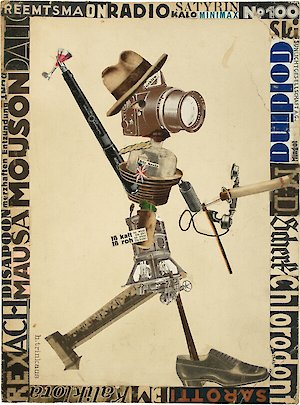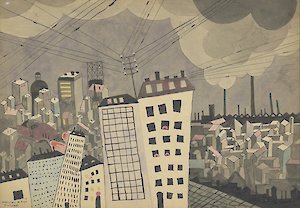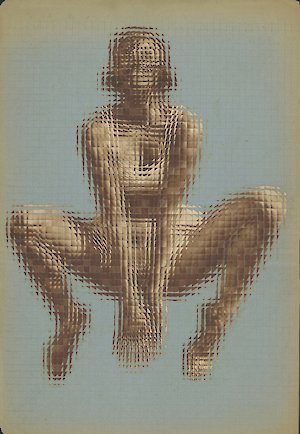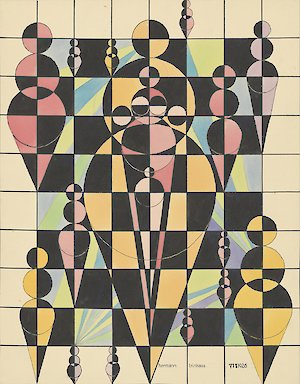Karl Hermann Trinkaus
Karl Hermann Trinkaus
BAUHAUS. The New Human
24/11/2019 — 16/02/2020






The rediscovery of Karl Hermann Trinkaus (1904–1965) at the Bauhaus exhibition in the New York Museum of Modern Art in 2009 was a notable success for the art history of Leipzig. Largely invisible until then, the Leipzig-born artist was elevated to the ranks of Bauhaus artists boasting an impressive body of work. The qualified engineer and trained electrician had studied at the Bauhaus art school in Dessau in 1927 and 1928, where his teachers included Wassily Kandinsky, Josef Albers and Paul Klee. A letter of recommendation by Kandinsky speaks of his “admirable works of art” that testify to “rich imagination” with a “suitable, expressive form”. His pieces shift between exercises in colour theory and perspective studies and between landscape watercolours, architectural studies and socially critical collages. The breadth and variety of his art, subjects and media originate firstly from his ceaseless search for new possibilities of artistic work, and secondly from the ‘epigonal’ confrontation in which the autodidact immersed himself, drawing on all the available archetypes. In particular, his collages of the late 1920s and early 1930s would stand up to even the most ambitious comparison. These works reveal a confluence of supreme craftsmanship and immense artistic energy, allowing the richly imaginative social critic to cut, glue and draw his messages into impressive forms.
Trinkaus’ estate slumbered in Leipzig for over 50 years until its ‘discovery’ in New York, and his documented legacy, passed on to his heirs, remained almost completely traceable. It is currently at the MdbK, where it is being prepared for its first monographic exhibition and academic documentation. Bauhaus – The New Human uses selected works to chart Trinkaus’ development as an artist, placing a particular emphasis on the influence that Bauhaus exerted on him for several years.

